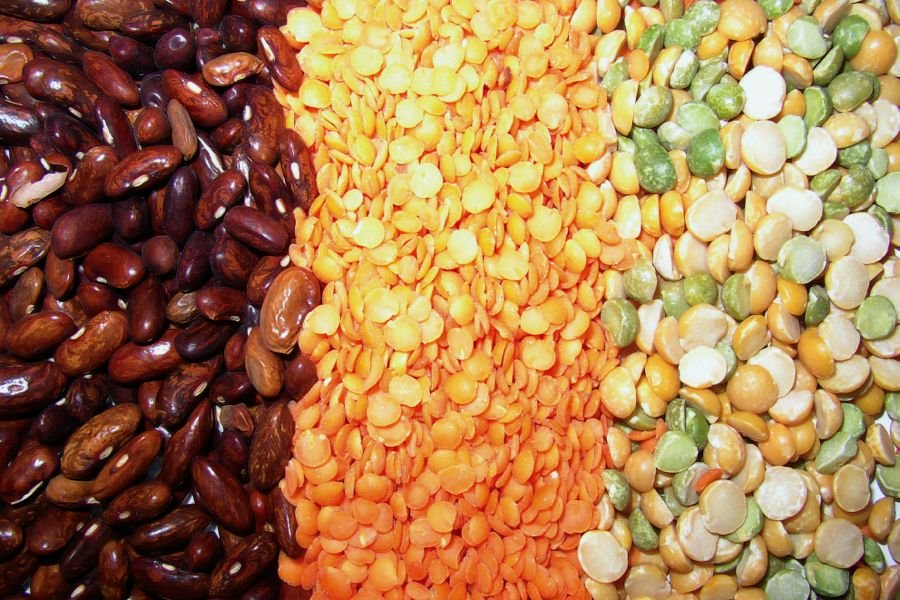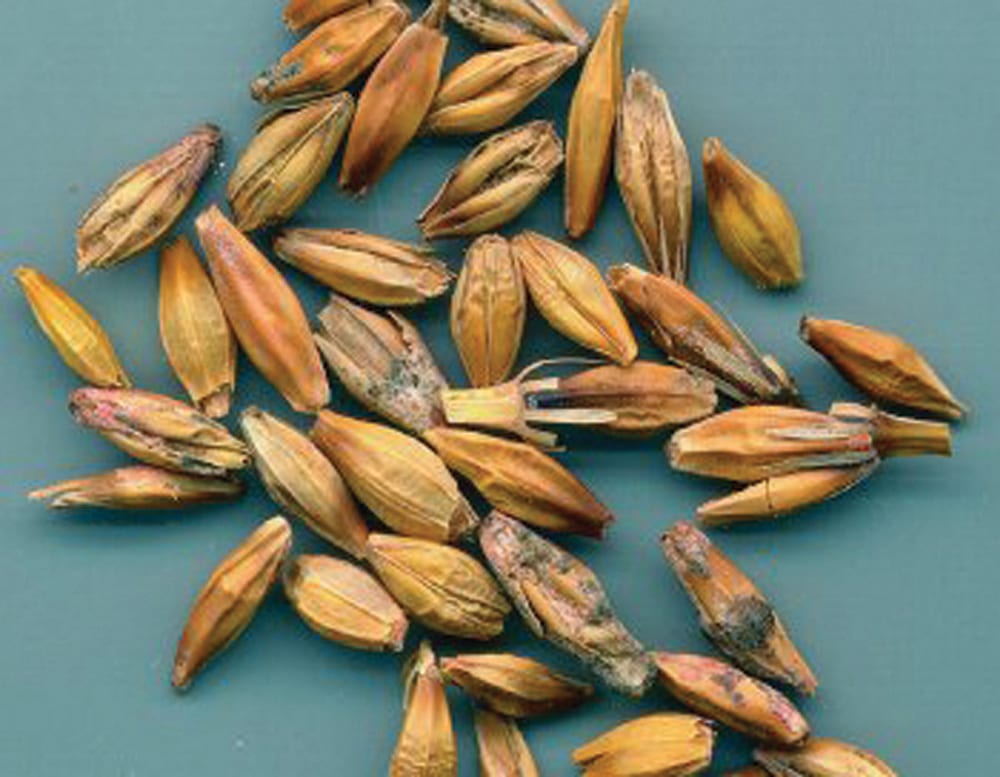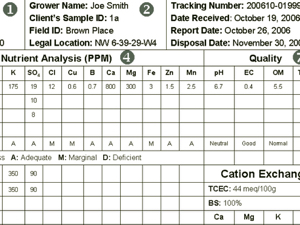Not everyone enjoys marketing, but using these tips may make it more tolerable

Brian Voth has been telling producers about the “seven deadly sins of grain marketing” for several years, and although the catchy title gets them through the door to listen to him, the advice they go away with is invaluable.
“What I talk about is, essentially, how to make marketing plans by doing it in reverse, by looking at the mistakes that farmers make consistently when it comes to their marketing plan,” says Voth, president of Prairie Farm Consulting, who has given this presentation across Manitoba, Saskatchewan and Alberta as part of Farm Credit Canada’s Knowledge Events series. “It really revolves around keeping the emotion out of grain marketing decisions and making them based on profitability. Sometimes that’s a tough thing to do.”
Producers can easily be sucked into thinking about last year’s high yields or high prices and lose sight of the fact that every year the growing season and global markets are different.
“Producers need to approach every year independently of what happened the previous year,” says Voth. “2016 is going to be a good example because here in the Red River Valley of Manitoba it was wet and there’s going to be a lot of lingering thoughts about that going forward to 2017. On the flip side, in 2014 it wasn’t wise to plan based on the record high yields everyone got in 2013. When we’re looking at planning or forward pricing we need to look at long-term averages.” Long-term averages — at least 10 years — remove the high and low numbers to find the middle ground, and those are the numbers it’s safest to base a marketing plan upon.
The fact remains that producers often focus more on production and don’t enjoy, or have time for, the confusing world of marketing. “There are so many intricacies of the grain industry between different elevators, different grading systems, different basis levels, and premiums or discounts on grades and grain markets fluctuate so much more today than they did 15 years ago,” says Voth. “There is a lot of stuff to know and be aware of with marketing and that’s time consuming. That’s why marketing so often ends up on the back burner for many producers.”
At the same time, producers are not getting a lot of training in how to market the crops they are so good at growing. “In the four years I spent at university taking my agriculture diploma and degree, there were two marketing courses,” says Voth. “There’s very little focus put on teaching marketing and that’s a problem because there’s more money made or left on the table through good or poor marketing decisions than any other aspects of the farm. Where high to low 20 years ago might have been 50 cents a bushel, now high to low is $3 a bushel. So marketing has become a lot more crucial, yet it’s an area that receives the least amount of attention.”
1. Lust

Lust in terms of grain marketing means wanting to sell your grain for the high of the market. “The problem is, the high of the market is something that you never know until after the fact,” says Voth. “So producers can leave more money on the table than gaining by waiting for that. It’s a bit like chasing the blue moon.”
2. Gluttony

Gluttony is wanting more than you need rather than knowing your cost of production to grow grain and settling on a return on investment (ROI) that you can live with, and being ready to sell at that point. “A lot of times opportunities get missed because the market may get to a high point, and then very quickly turn around again and all of sudden you’re not even at your target ROI anymore,” says Voth.
3. Greed

Voth argues that greed may well be the biggest enemy of any marketing plan. “Greed as it relates to marketing is focusing on the yield or the price but not the profitability,” says Voth.
As an example, growers in 2012 had below average yields but above average prices, and the reverse was true in 2013 when they had above average yields and lower prices. “In 2013, even though prices were lower, the profitability was so much higher than it was in 2012, so it comes down to looking at it from a profitability aspect and not always getting hung up on what was your yield or what was your price last year,” says Voth. “In my example, I had $15 canola in 2012 and $11 canola in 2013 and yet the profitability was $100 per acre higher in 2013 than in 2012. So I’d argue that $11 canola is better than $15 canola.”
4. Sloth

Not having a disciplined plan and being reactive to markets is the height of laziness when it comes to marketing. “Marketing is one of the farm jobs that is often put off,” says Voth. “Eventually it gets done because it has to but it’s not always done by people who enjoy doing it, and a lot of opportunities gets missed because producers are flying by the seat of their pants instead of being proactive, having a plan and knowing what they’re going to do regardless of which way the market goes.”
5. Wrath

There is no point being angry about decisions you made or things you decided not to do. “When we make a decision to do something, if the price goes up, which is generally why a producer gets mad, it’s not always a bad thing because they often have more grain to sell,” says Voth. “Once the decision is made there’s no use beating yourself up about it.”
6. Envy

Envy is going to the coffee shop, listening to a group of guys boasting about their yield or prices, then basing your marketing decisions on it. “No one knows the exact ins and outs of anyone else’s operation, so it really comes back to knowing what your profitability is,” says Voth.
7. Pride

Pride isn’t necessarily a bad thing. “Farmers should be proud of where they’ve built their farms to, decisions that they’ve made, and things that they’ve done,” says Voth. “The negative part of pride to me is if you’re too proud to say I need help, whether it’s with marketing, agronomy, or mechanics.”
More often than not marketing is an area where farmers may need some outside help. “If you’re leaving money on the table because you’re too proud to ask for help or to pay someone for help, that’s where it becomes one of the sins of marketing,” says Voth.












